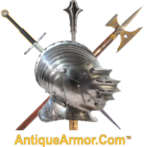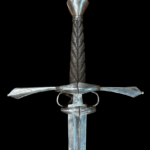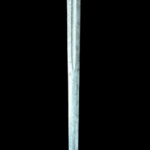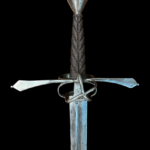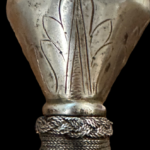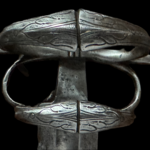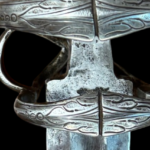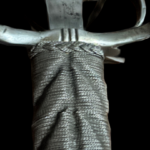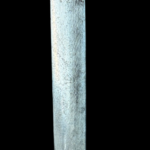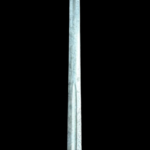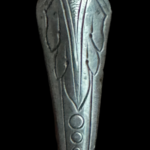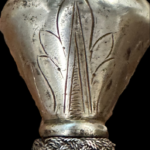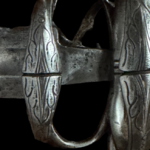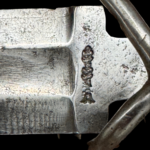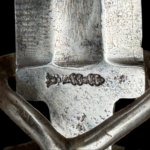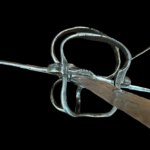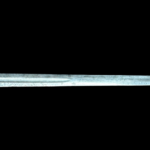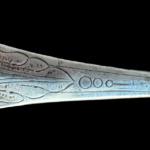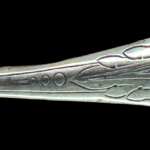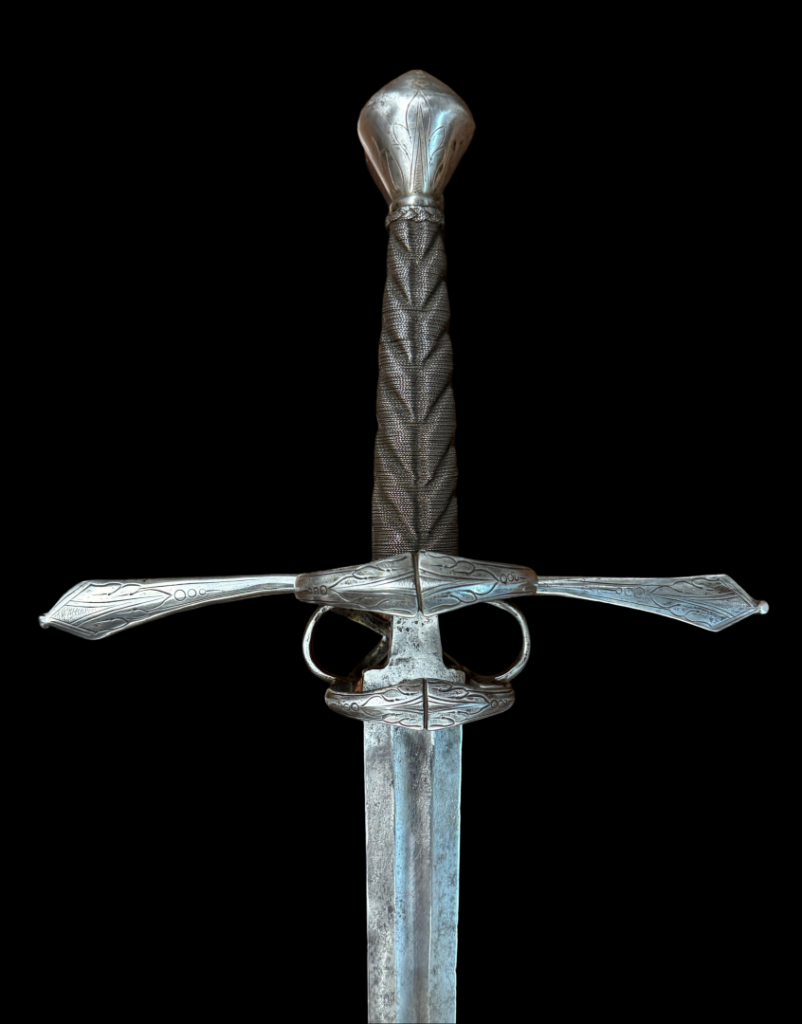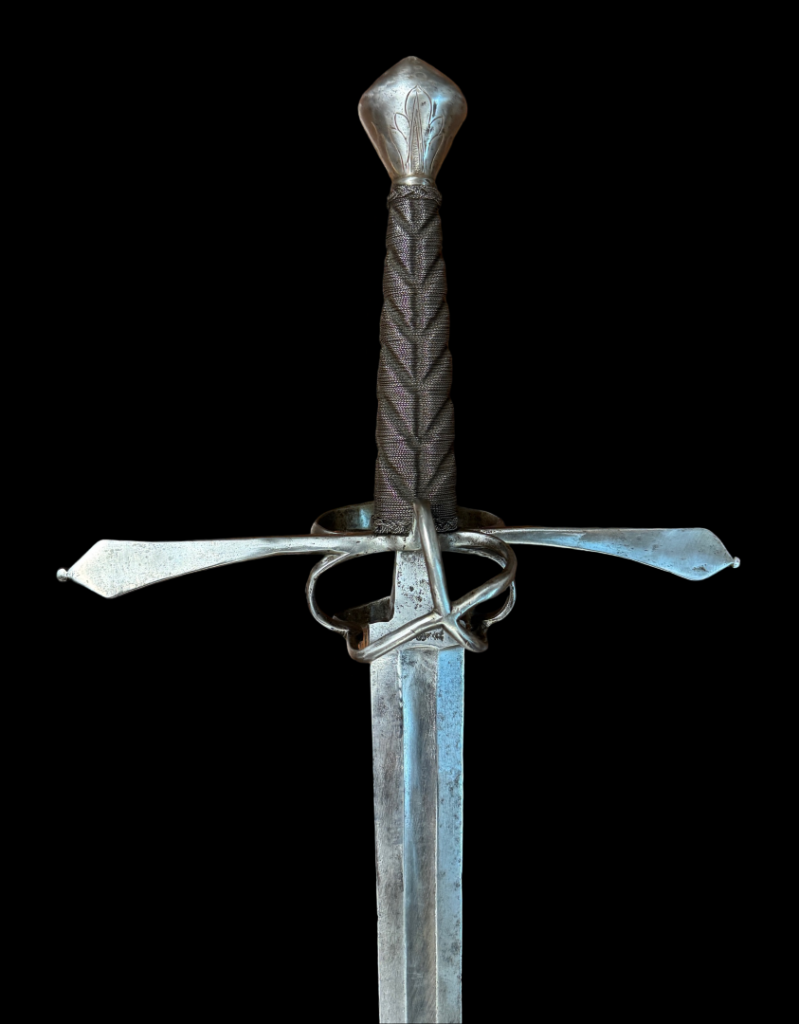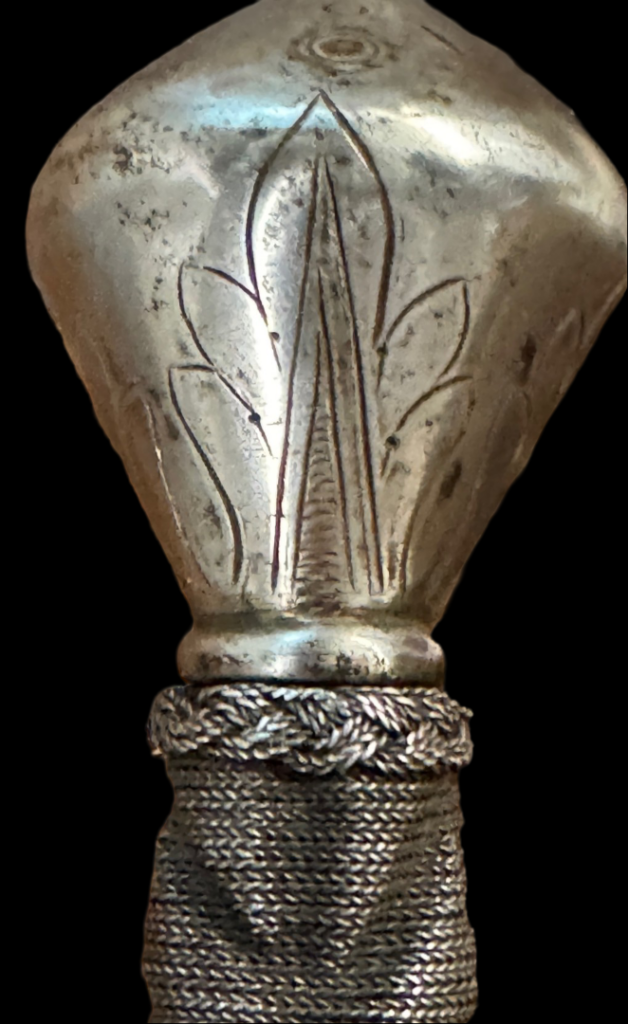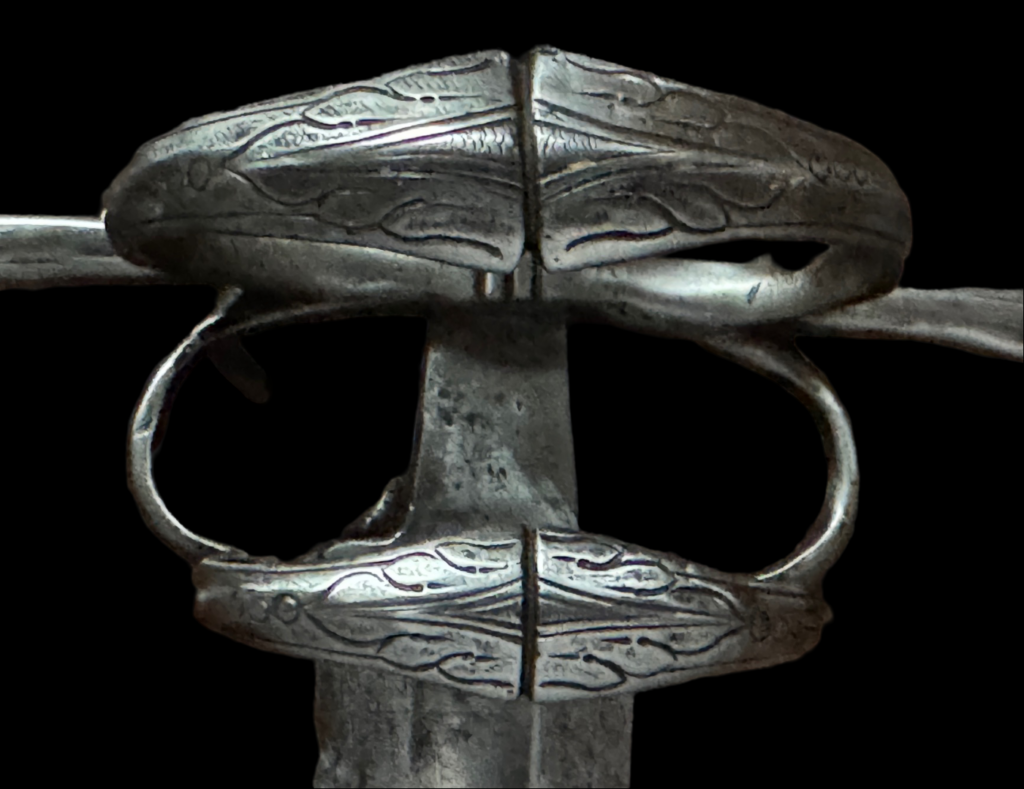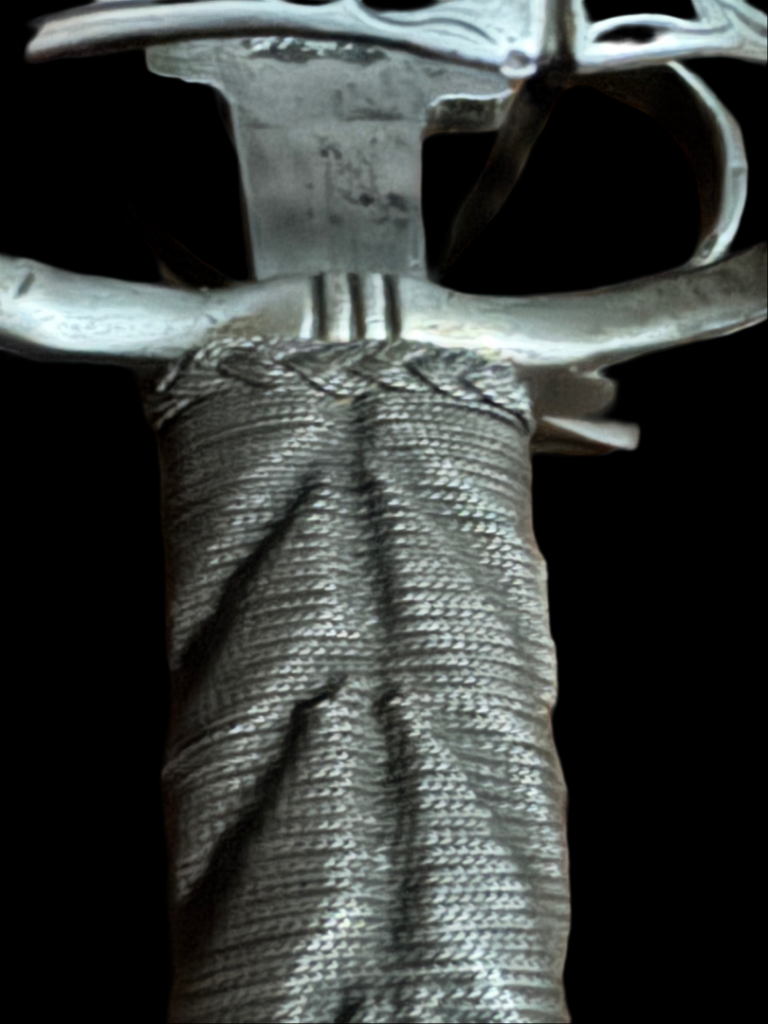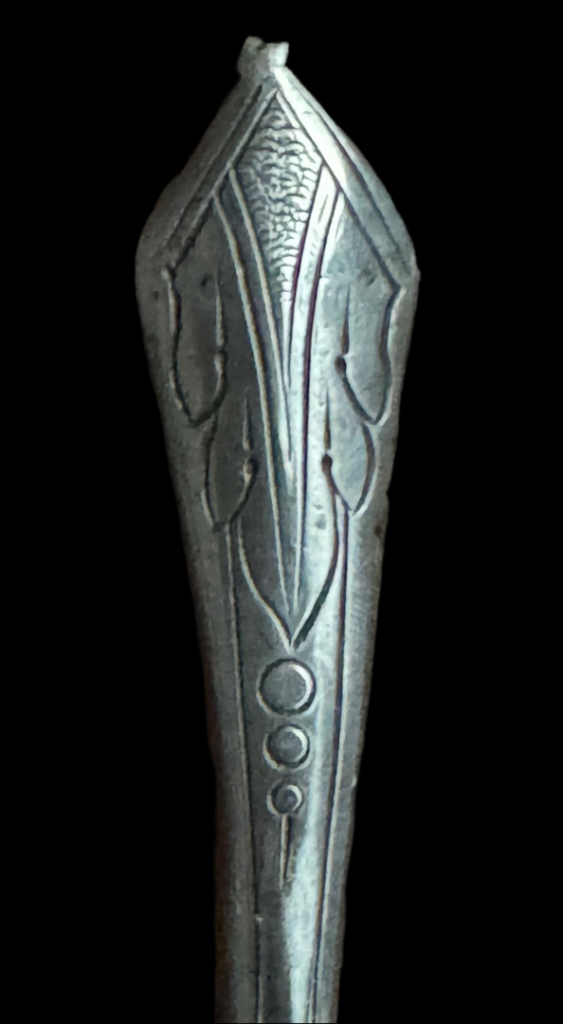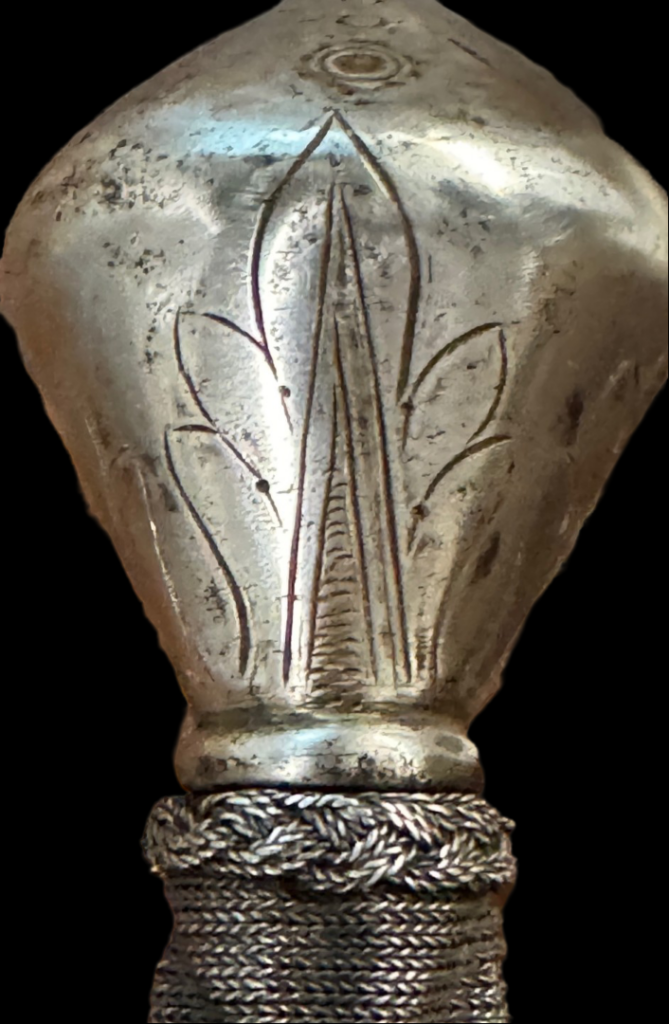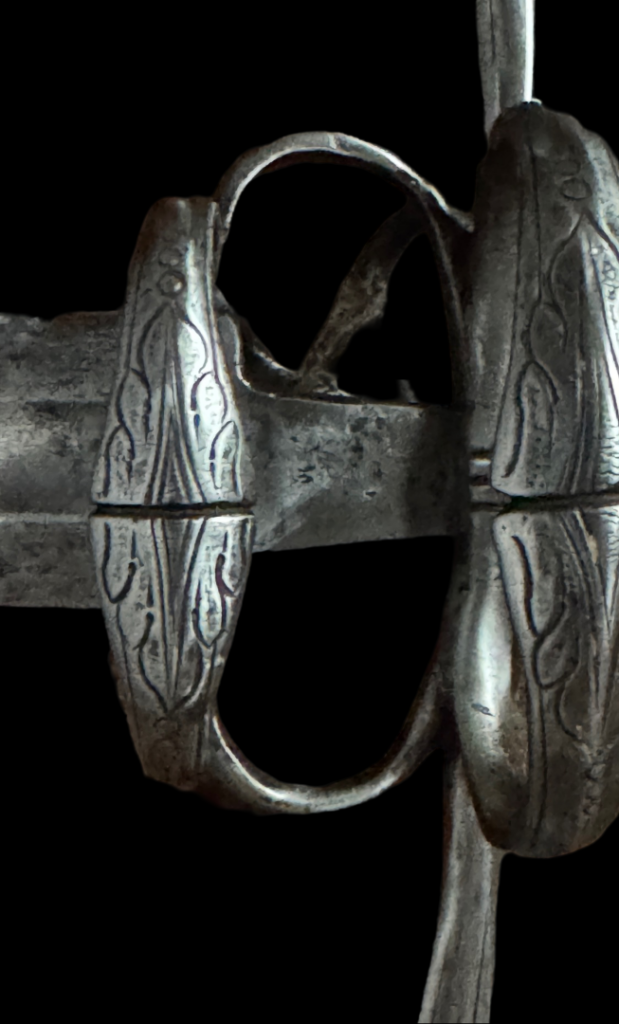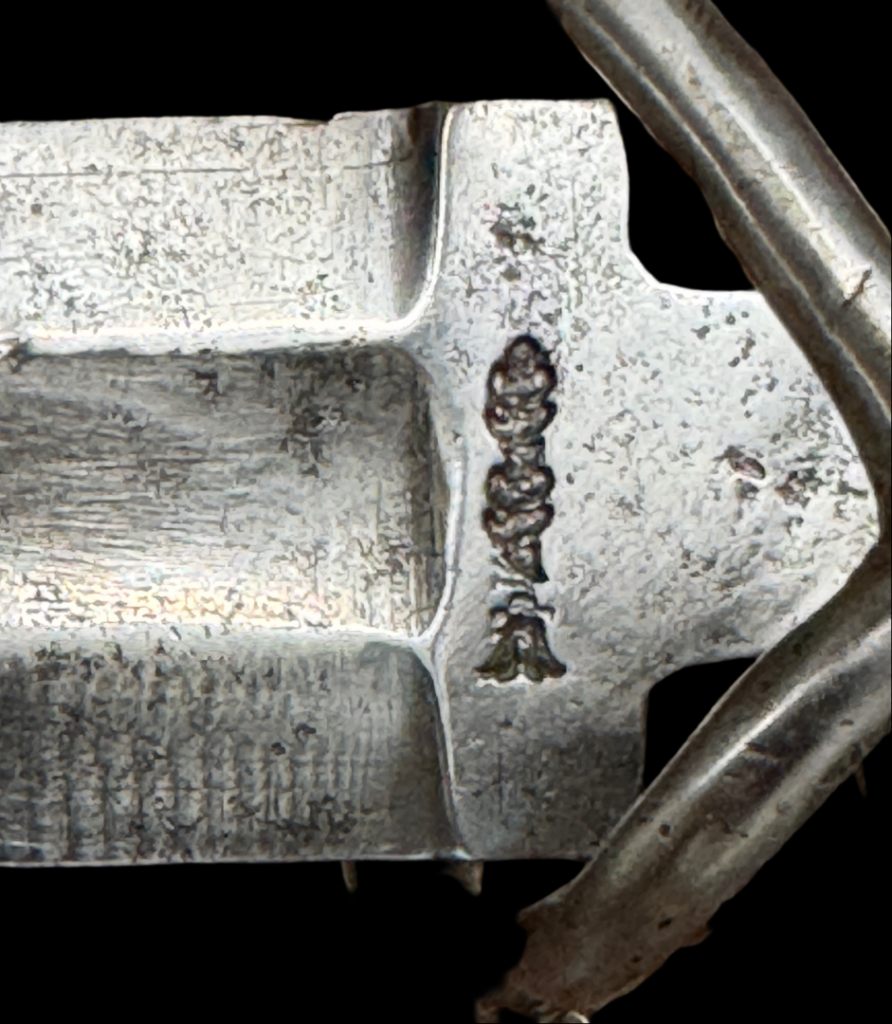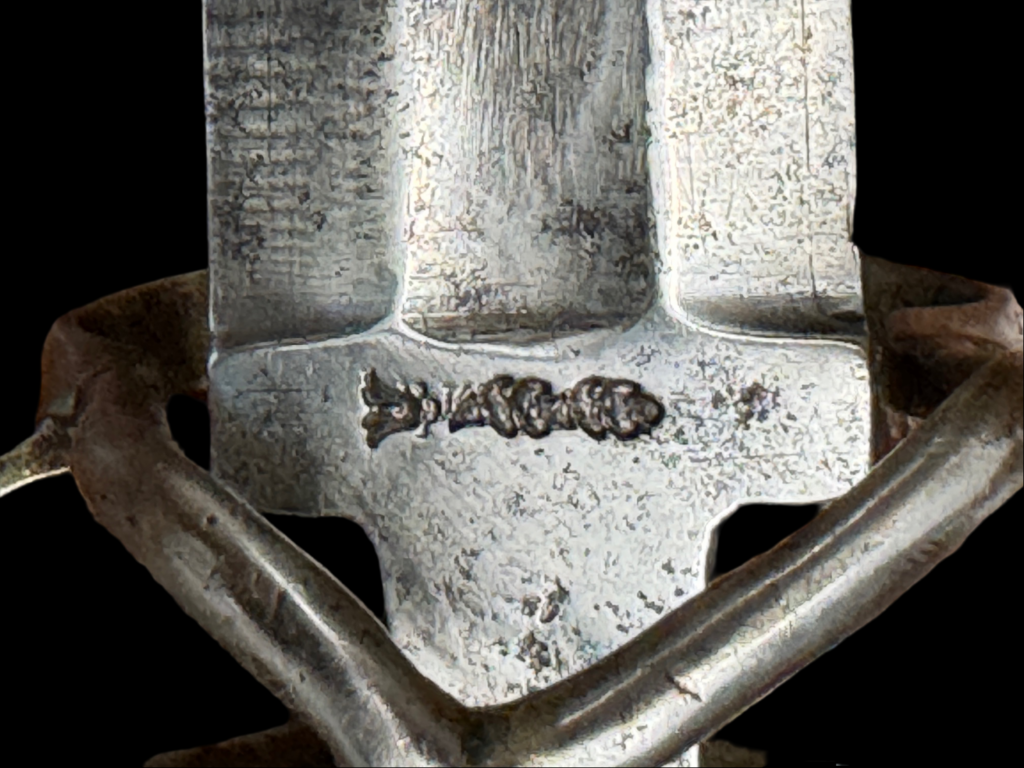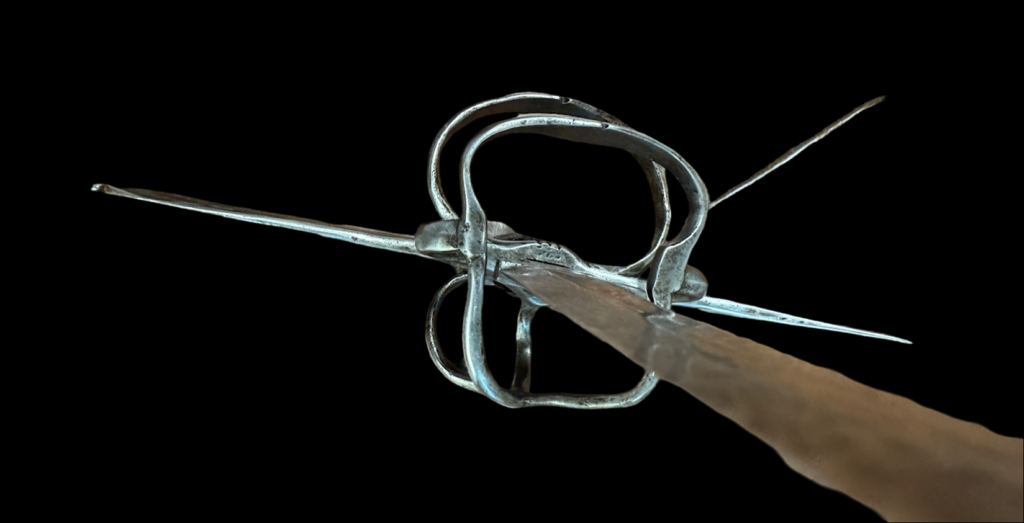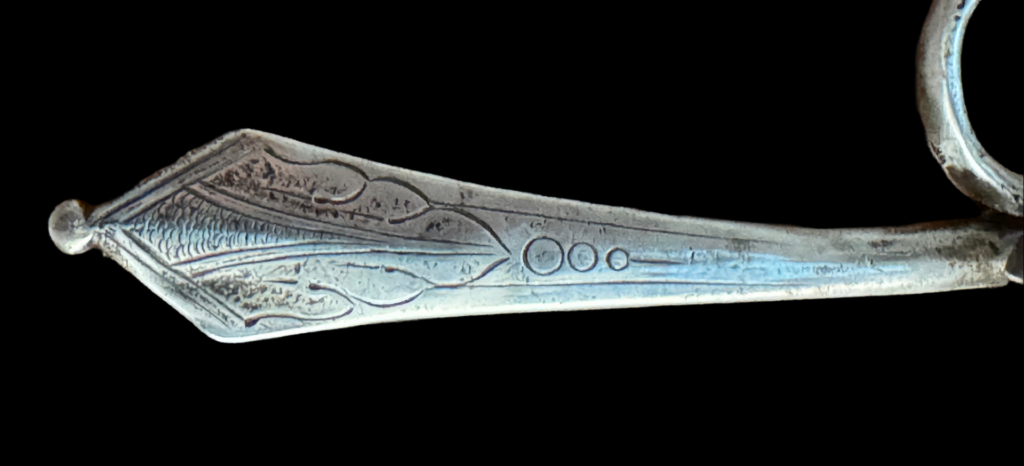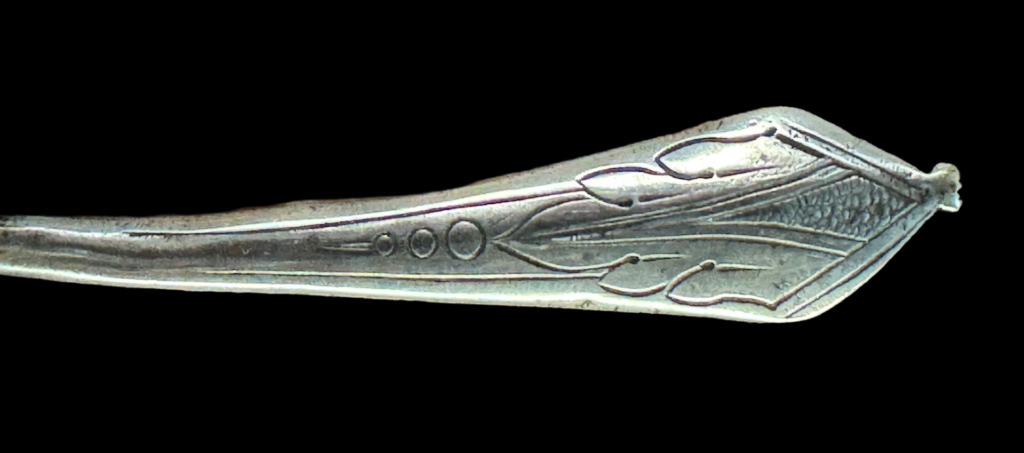1785) EXCEPTIONAL AND DECORATED BASTARD SWORD CIRCA 1560 WITH MAKERS MARK: A superb addition to any museum or world-class collection looking for the exceptional.
Description: Under the Norman typology, this is a Hilt 43 (used from 1550 to 1630) and a style 16 Hens Egg Pommel (used from 1470 to 1580). Original grips (or at worst working life), hilt decorated ensuite with floral etching, stiff diamond-shaped blade with wide fuller about a third the length of the blade, makers mark at the non fullered blade section before the short tapering rectangular ricasso, double ring guards, slightly downward turned guard with swelling triangular tips with buttons at the very tip, triple hash marks at the ricasso block, a finger guard on the reverse side.
Length: Approximately 47 inches.
Condition: A+
Comparables: There are numerous examples in museums throughout the world, including:
-Schloss Ambras
-A near identical example in the Wallace collection A-481 plate 109.
-Five examples of this sword typology can be found in Filippo Urso’s designs, dated 1554 and preserved in the Victoria and Albert Museum (# CVIIII CX, DV, EIII, and EVI).
Discussion: A bastard (or hand and a half sword as later called by Victorian collectors or Anderthalbhander in German) is a combination of a short two-hand sword that can be wielded like a one-hand sword. It cuts and thrusts with a broad or long double-edged blade. Additional power can be employed by using (A) the pommel and the related lower area of the hilt below the pommel as a grip for a two-hand strike in order to increase impact and penetration. Actual period bastard swords are rare.
The term bastard sword is first recorded in France during a duel in the 17th century. In Marc de Vulson’s 17th century treatise “Vray Theatre d’Honneur”, he describes the weapons used in a dual fought before King Henry II of France in 1549 as follows: Deux epees batardes pouvant server a une main ou a deux (Two bastard swords that can be used with one hand or two) I prefer the term “bastard sword” since this is the original term and not one concocted by the Victorians. It’s interesting to note that the ballock dagger (a vulgar word for testicles) was renamed the kidney dagger around the same time. They first appeared circa 1250 until circa 1650. They were widely used in Germany and Switzerland but more prevalent towards the end with the Central European Cavalry.
Hilts varied throughout their evolution. Until circa 1550, most hilts on German bastard swords were cruciform in shape, with some having S-shaped guards. After circa 1550, some hilts became more elaborate. From circa 1550, Swiss bastard sword hilts contained recurved quillons, knuckle, and ring guards. Blades were slightly curved, having developed somewhat from the Swiss saber (Schweizersabel). Prior to c1250 and the development of the bastard sword, swords were designed as arming swords with their use limited to one hand use. Since they were knightly weapons, they were frequently used from horseback.
Sword length during this period varied from approximately 35 to 40 inches ; after c1250, length increased to approximately 45 to 55 inches. So why did it take until the early 1300s for the bastard sword to flourish?
Primarily, there are two significant reasons:
1) For the same reason, full metal defensive armor and two-hand swords did not develop until the same period. As furnaces got bigger in medieval Europe, billets of steel (a solid length of steel) accordingly increased in size. With bigger billets, swords could now be made with fewer (but larger) billets of steel. Eventually reaching the apex of one billet per sword. Larger furnaces generally meant higher temperatures, better steel, faster production, and probably less expensive to manufacture on a large scale basis.
2) As the master armorer evolved defensive armor, his counterpart, the swordsmith, did the same with larger and more specialized swords of superior quality and design. This was the weapons race of its day.
Conclusion: All collectors love bastard swords. I believe every collection should have at least one; it’s the spirit of the Medieval and Renaissance thinking warrior. This is an exceptional sword at a very reasonable price that needs to be sold immediately. Even the most discriminating aficionado or curator will recognize the value and importance of this sword. ACT NOW and avoid disappointment!!!*
antique armor, medieval armor, antique sword, antique swords, Viking swords, sword, swords, medieval antiques, suit of armor, viking, antique rapier, rapier, maximilian armor, maximilian, halberd, antique halberd, shield, rapier, etched rapier, saxon, etched helmet, antique shield, shield, antique sword, medieval sword, antique breastplate, armour, antique armour
